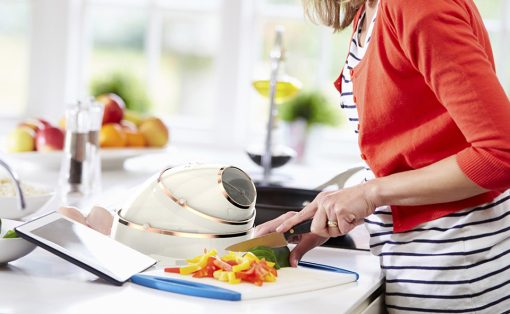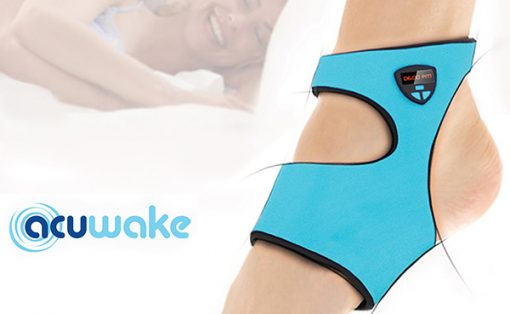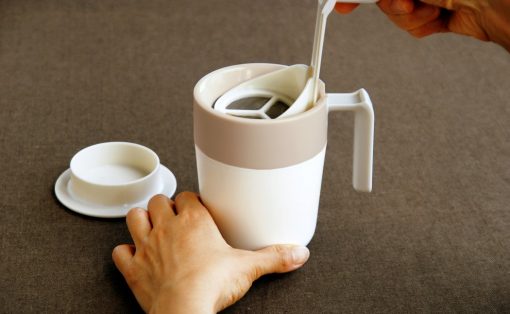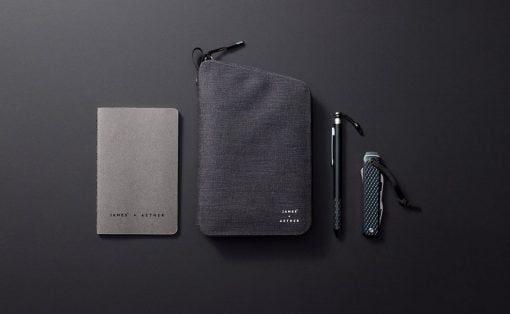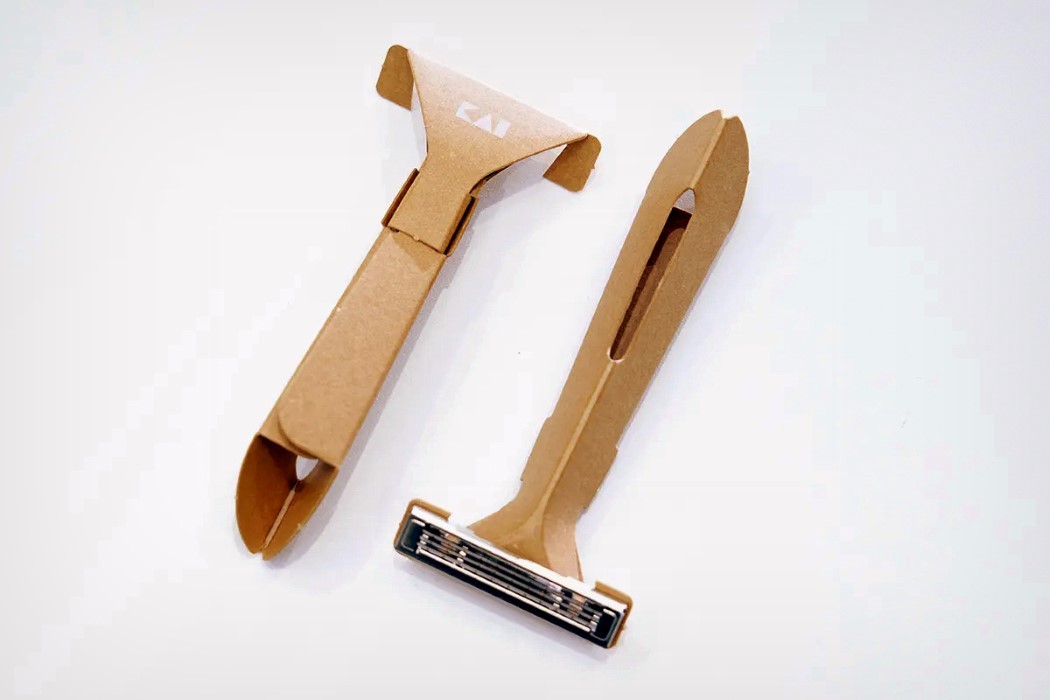
The world is drastically changing, and it’s affecting the way we live and function. Although the irony is that the world is drastically changing because of our unhealthy practices and us! It’s now imperative to live more sustainably, carefully, and consciously. Integrating sustainability into our day-to-day lives has become crucial! And we can do this in various ways. Designers and creators are coming up with sustainable alternatives for almost everything! Every product that is necessary and utilized by us in our everyday routine has an eco-friendly alternative to it. Replacing our usual mass-produced designs with these greener options will make a huge difference to the environment and Mother Earth! From reusable totes made from fruit skins to the world’s first disposable paper razor, we’ve curated a whole collection of sustainable products that will have major functionality in our daily lives. It’s time to go green!
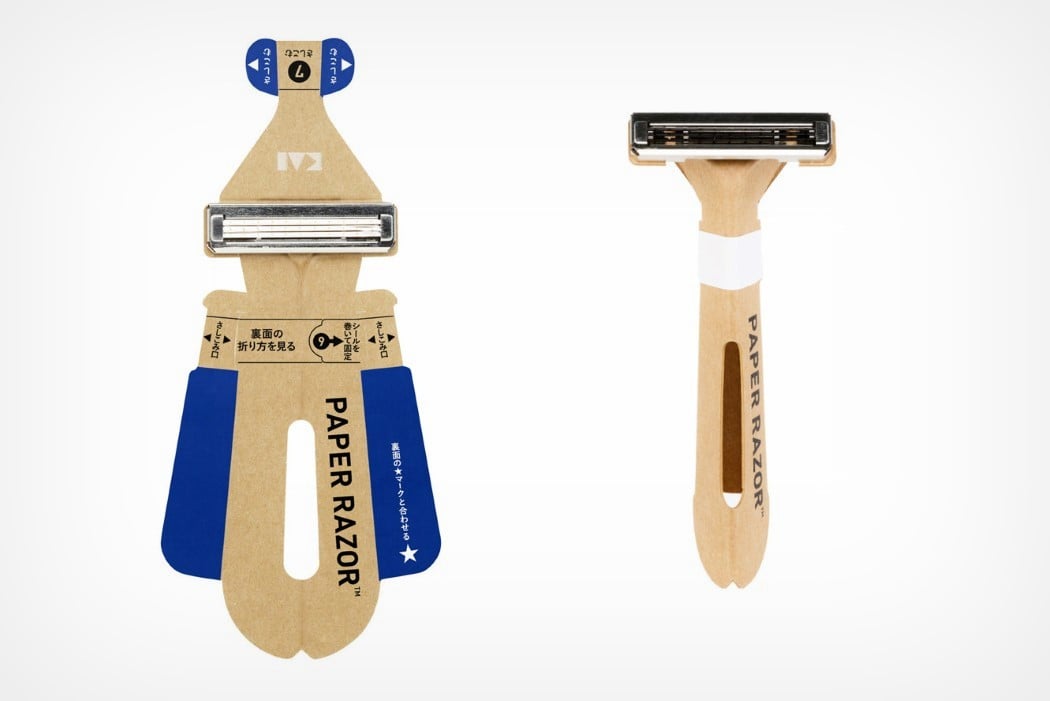
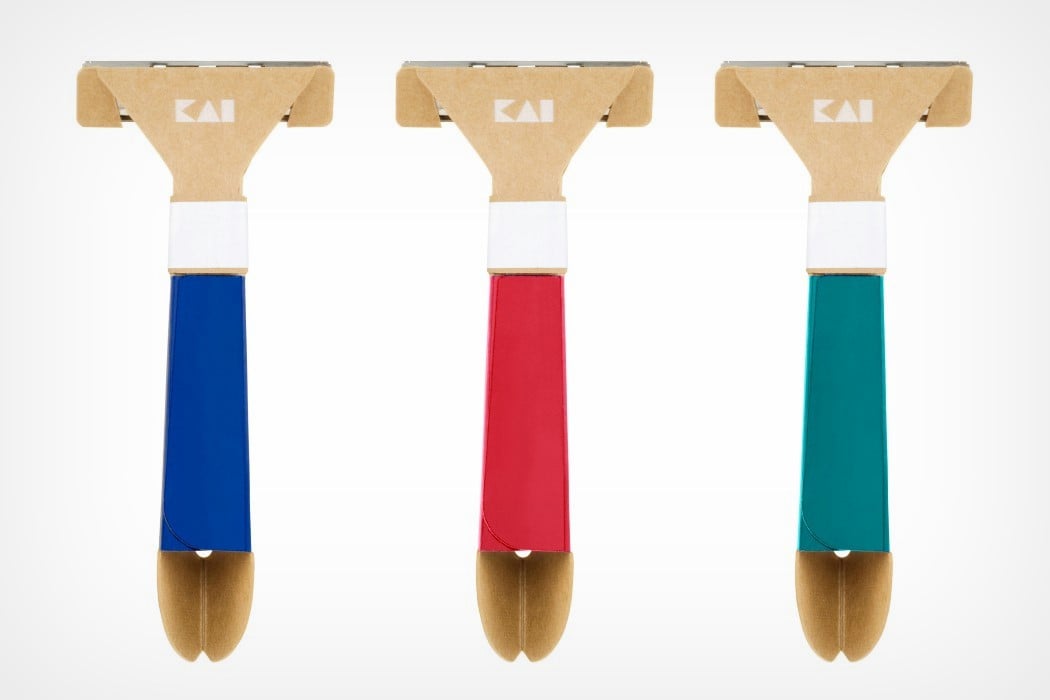
This gives a completely new meaning to the word ‘papercut’! Say hello to the Paper Razor, a sustainable alternative to the disposable plastic razor. The Paper Razor, as its name suggests, comes with an all-paper body and sports a metal blade-head on top. Designed to be flat-packed, the single-use razor comes completely unfolded and can easily be put together in a matter of seconds by merely folding in the sides and the top to create a rigid, ergonomic razor with a grippy handle. Its origami-inspired design gives it as much strength and maneuverability as a plastic razor while minimizing the use of plastic by as much as 98%. The result? A razor that can be easily flat-packed and shipped, used and then disposed of… safely, of course.
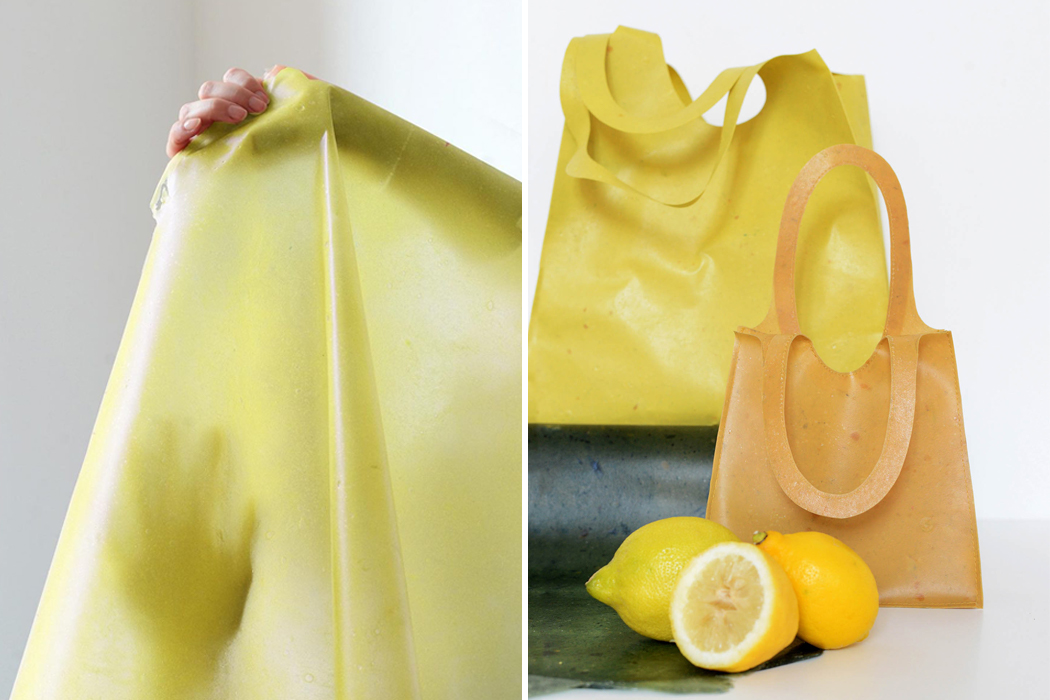
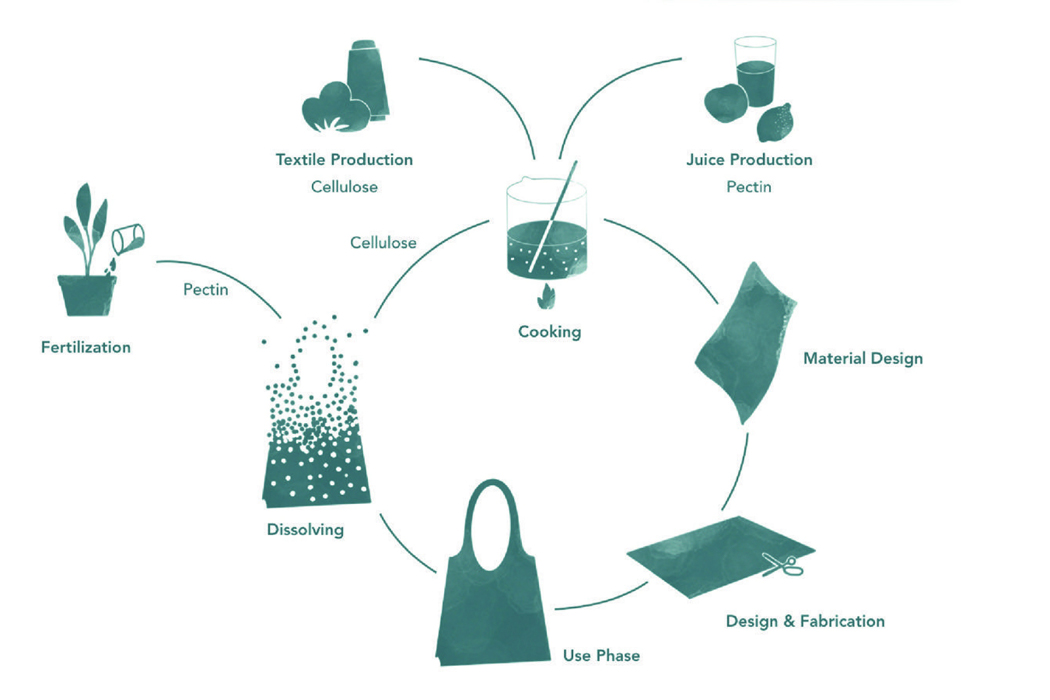
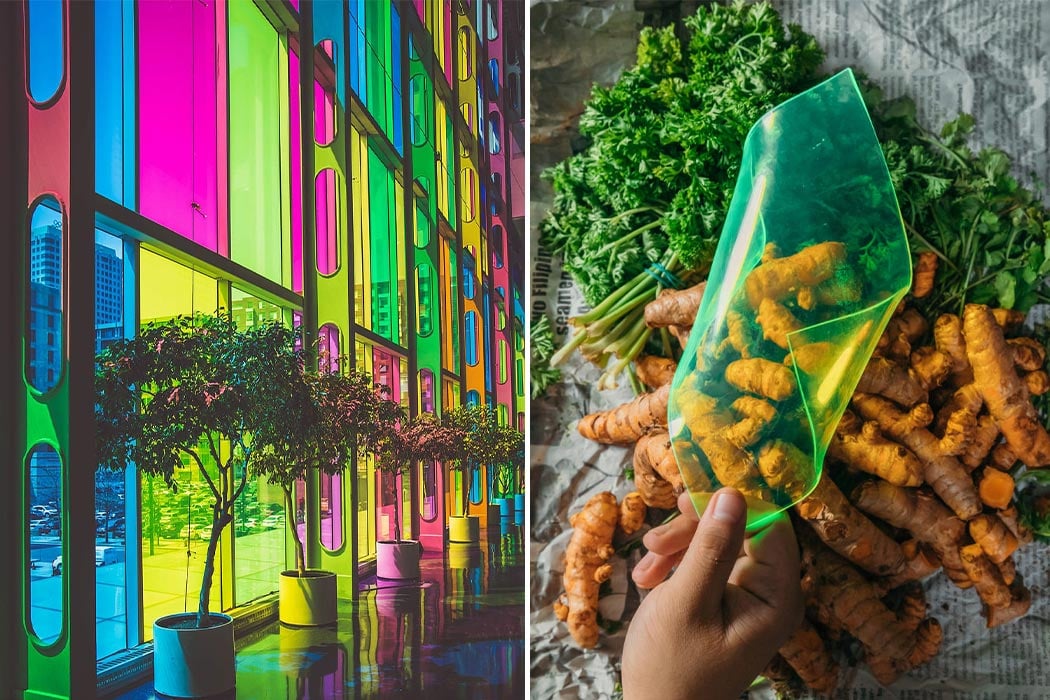
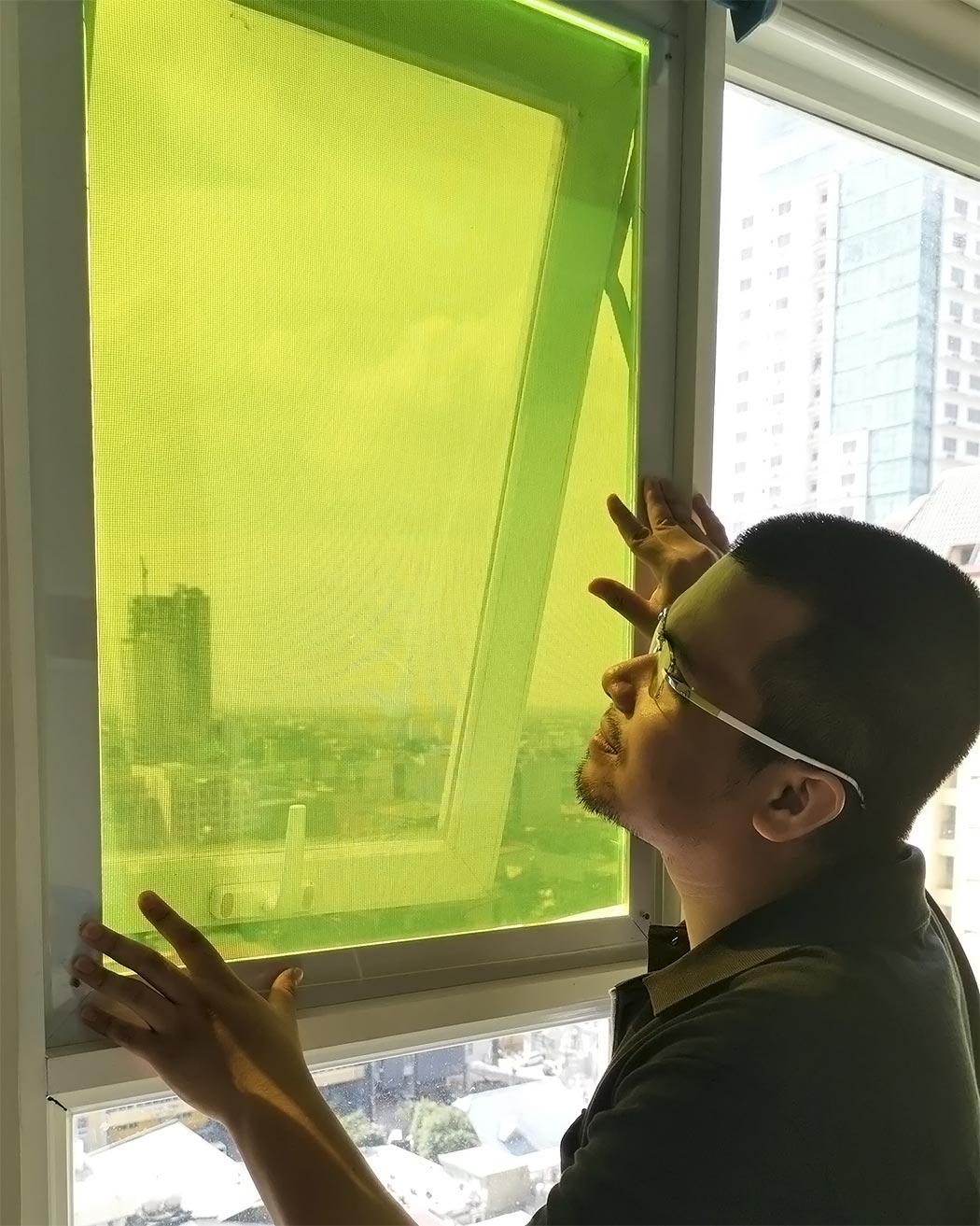
Designed by Carvey Ehren Maigue of Mapua University, these panels can be crafted into windows or walls which will harvest solar energy and convert it into electricity. Three things that made me instantly fall in love with this design are 1) clean renewable energy 2) using crop waste and 3) lower electricity bills. AuRUES was inspired by the phenomenon of the aurora lights which is a whimsical natural process that occurs when luminescent particles in the upper atmosphere absorb energy from UV and gamma radiation and emit it as visible light. The panels mimic this process by embedding similar luminescent particles in resin so that when the sunlight hits the panel it absorbs the UV and produces visible light. The light is then directed towards the edges of the panel where regular photovoltaic cells collect the energy to turn it into electricity. The colors of the luminescent particles come from dyes that were made from waste crops which makes this a closed-loop system.
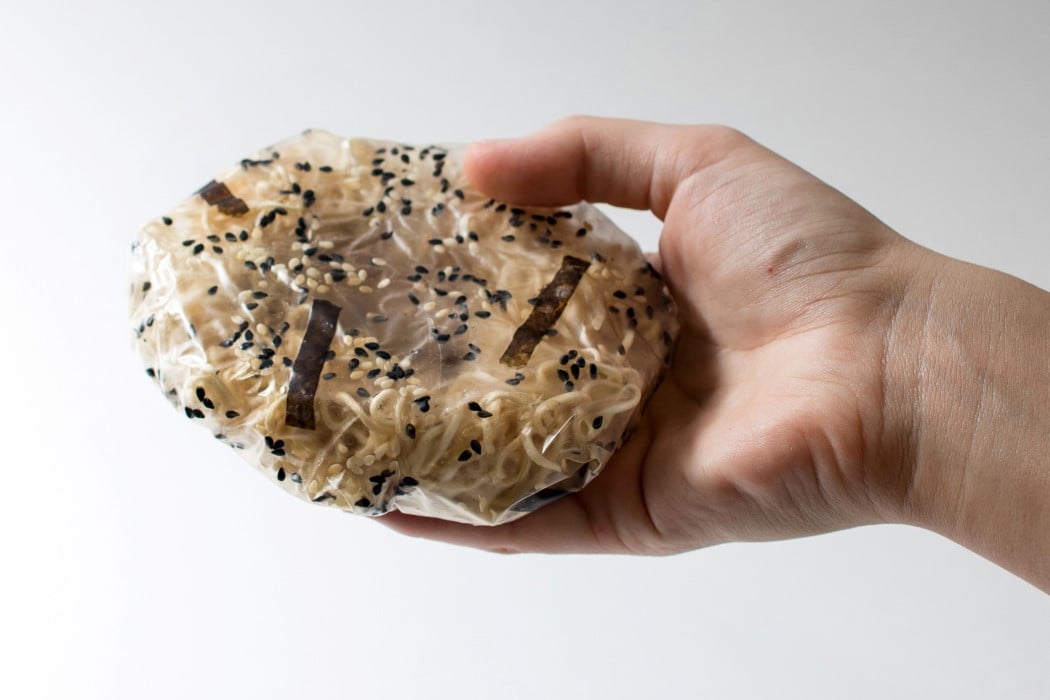
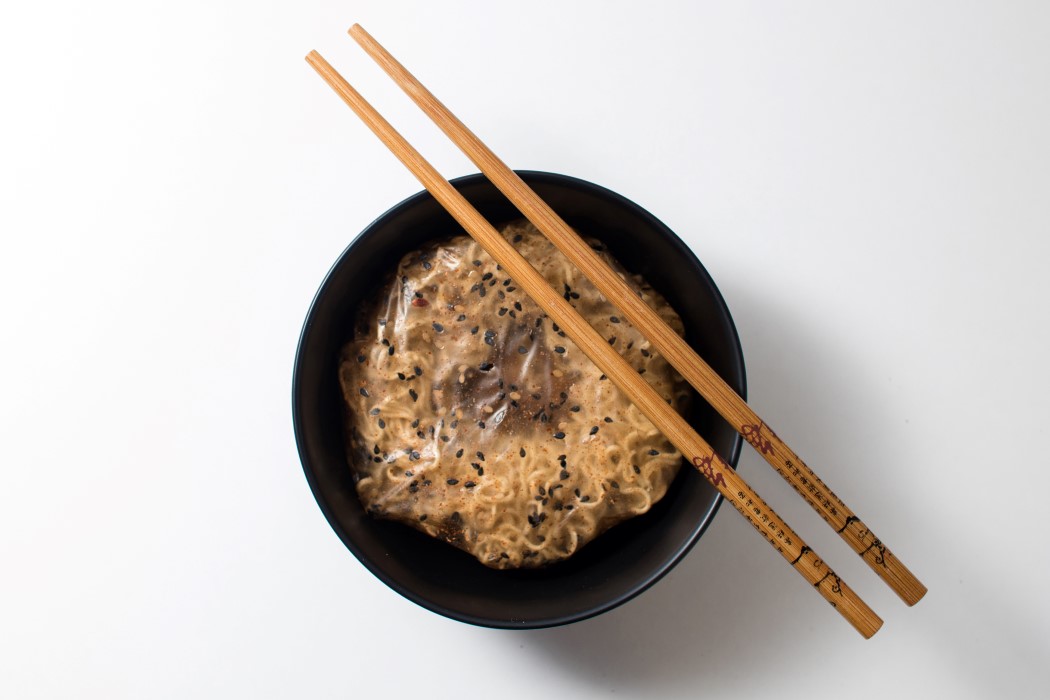
The Dissolvable Noodle Packaging finds a unique, no-waste packaging solution for instant-ramen. Instead of wrapping the noodles in layers of plastic (with an extra plastic sachet filled with the tastemaker powder), Holly decided to develop an edible, spice-infused biofilm to package the noodles in. When you want to cook yourself some ramen, just insert the pre-packaged noodle cake into hot water and the biofilm dissolves in the water, turning it into a flavored broth! “The packaging becomes the sauce”, says Holly, who managed to design and develop her solution right in her own kitchen! The biofilm uses simple, edible ingredients like potato starch, glycerin, and water. “The ingredients are blended and heated until the mixture is at the right thickness. At this point, I add the spices and flavorings before pouring it into a mold to set for 24 hours”, Holly mentions.
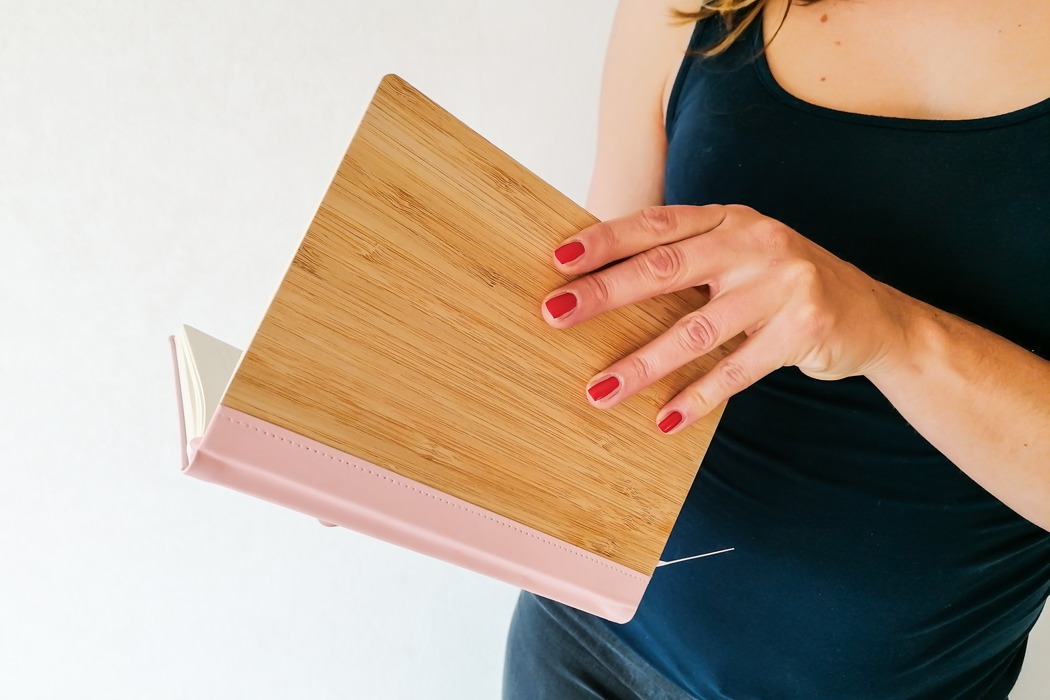
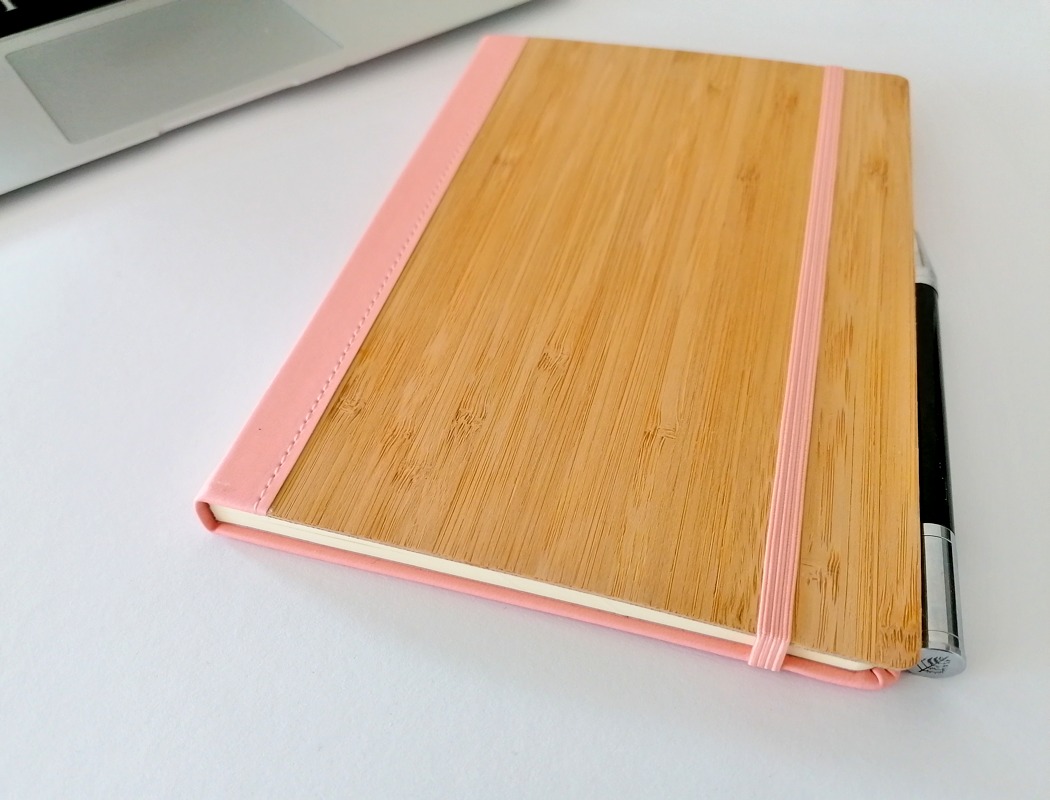
Based out of Geneva, theGVA (The Green Value Attitude) is trying to perfect the ‘business model of paper’. theGVA’s notebooks aren’t just sustainably grown, each notebook’s purchase actually adds back to the environment more than it took from it. The ‘eco-friendly’ notebook comes with FSC paper, grown under internationally certified sustainable conditions, made from a combination of virgin wood pulp (cultivated responsibly from well-maintained and managed forests), as well as recycled paper. The cover of the notebook comes crafted from a uniquely tactile and smooth bamboo ply. Given how rapidly bamboo can be cultivated, the bamboo harvested for the notebook covers can be well accounted for within just a few months. The covers are left bare, giving you the freedom to either color in your own cover, or etch out your company’s graphic. The notebooks are all hand-bound and hand-stitched with leather spines, and complete with an elastic band to hold it all together.
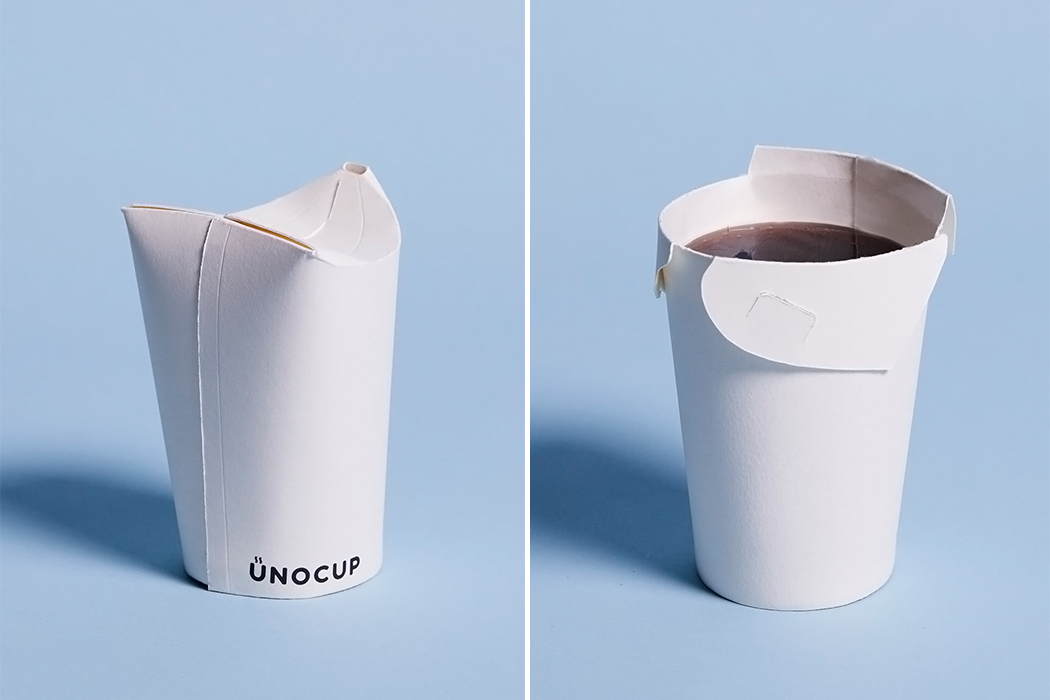

Not-so-fun fact: New York City alone generates enough plastic lid waste to cover the entire earth THREE times. To solve this issue and keep coffee from spilling on your clothes, Unocup designed an ergonomic paper cup that folds into itself to create a spill-proof lid! Just fold over each flap and insert the tab to close the “lid”. To open, it is a simple press of a button that will gently open the flap instead of trying to carefully pop off the lid – praying for you if you attempt that with long nails. This cup has a unique shape that fits into your palm, the uniform structure creates a strong and consistent body that will not cave under pressure, unlike traditional paper cups. The drinking curved spout is specifically designed to fit your lips naturally as opposed to the otherwise flat plastic lids. You can also fold flaps backward and drink from the rim just like a normal drinking glass.
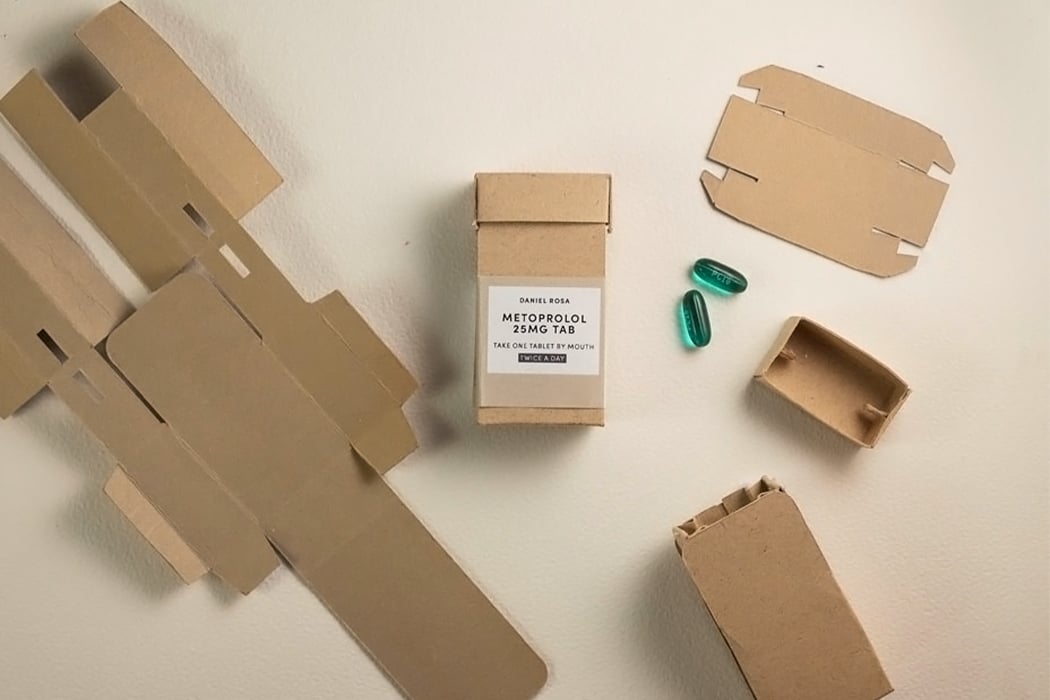
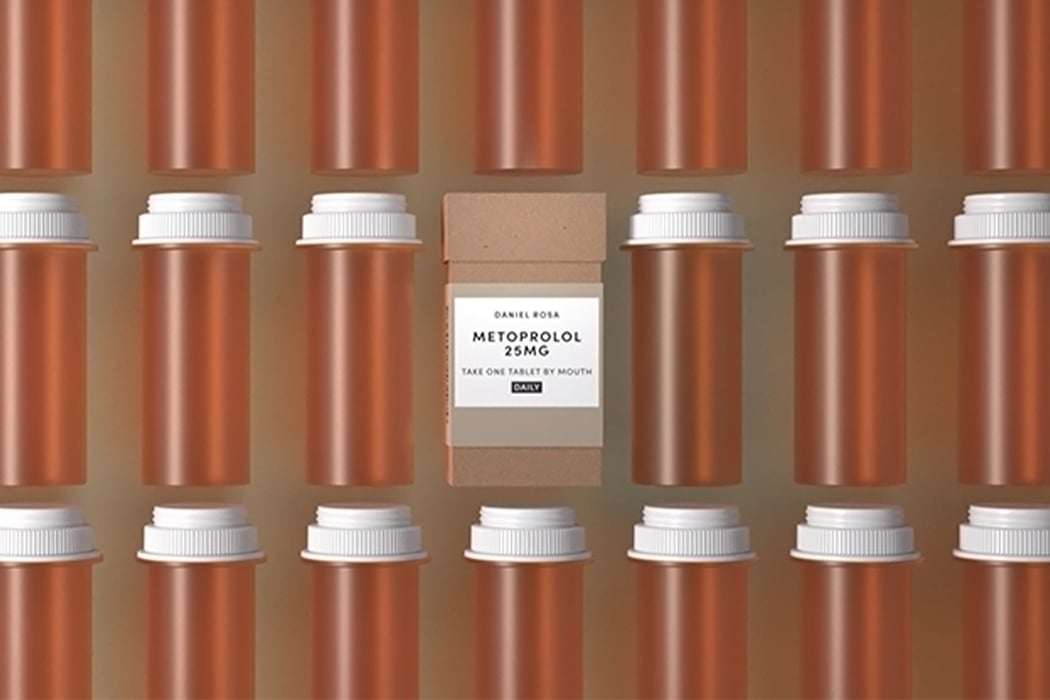
“The Prescription Paper Pill Bottle, a first of its kind, is 100% compostable and biodegradable. Its open-source design adheres to FDA regulations for durability, light, water, and child resistance. It’s available to any pharmacy for filling prescription tablets and capsules. Once used then emptied, the paper bottle can be tossed into any compostable bin with its Rx label to decompose and be reused as fertilizer to safely replenish the soil in fields, gardens, and landscapes,” says the team. Tikkun Olam Makers made it an open-source design which means anyone anywhere in the world can use their method and make their own paper pill bottles by downloading the .stl file that contains the attendant images and assembly instructions.
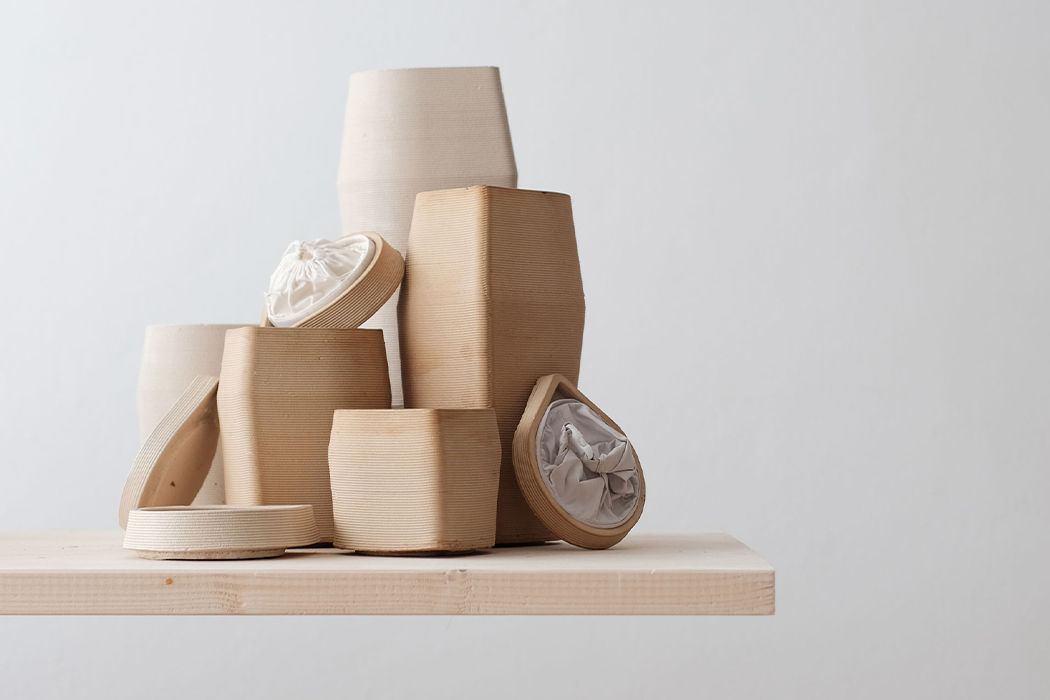
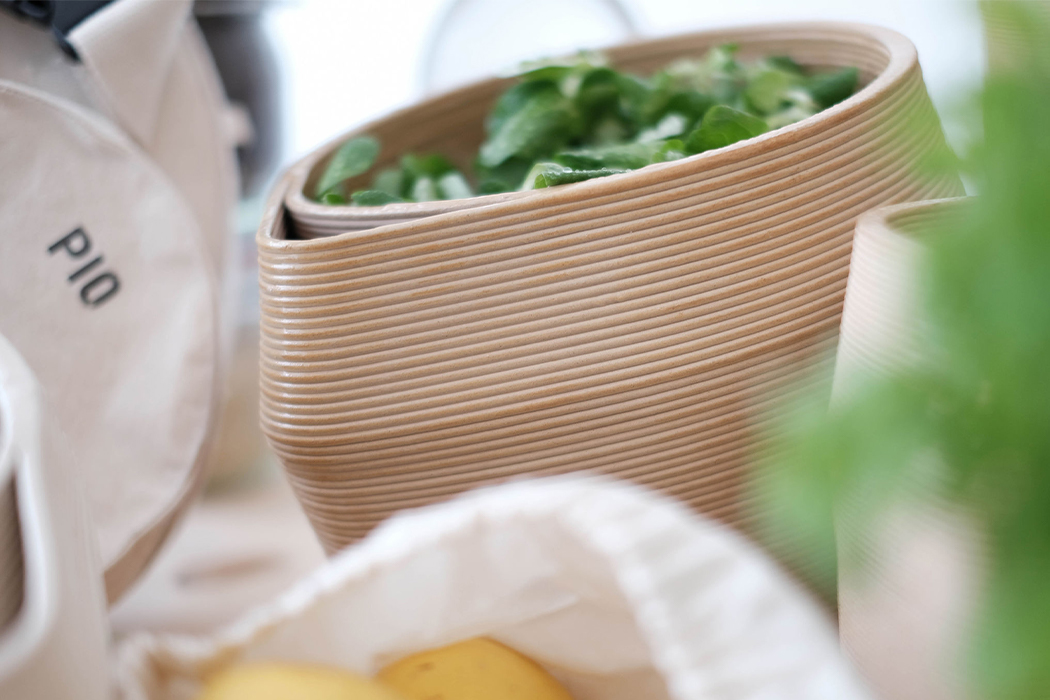
Gabriel Steinmann created P0 (pronounced pio like the letter and number) which stands for ‘project zero’ – a storage and shopping solution for food that aims to reduce consumption emissions. P0 helps us to switch to and maintain a plant-based diet and reduce the amount of food waste. The design blends organic and sustainable materials with an earthy aesthetic to invoke warmth and a more personal relationship with the items we use. Its ceramic body and textile lining help encourage a deeper appreciation for the food we consume and make us more aware of how much food we actually need to minimize wasting it. It is also a practical and attractive utensil in your kitchen – “a symbol of change, of becoming a little bit more human,” as rightly described by Steinmann.
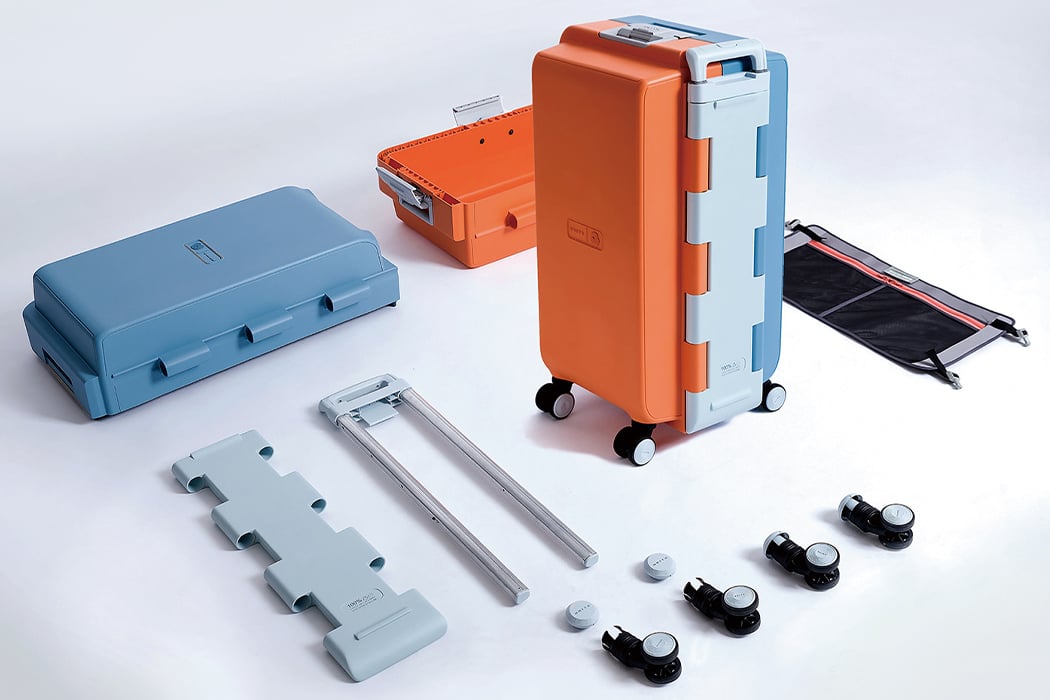
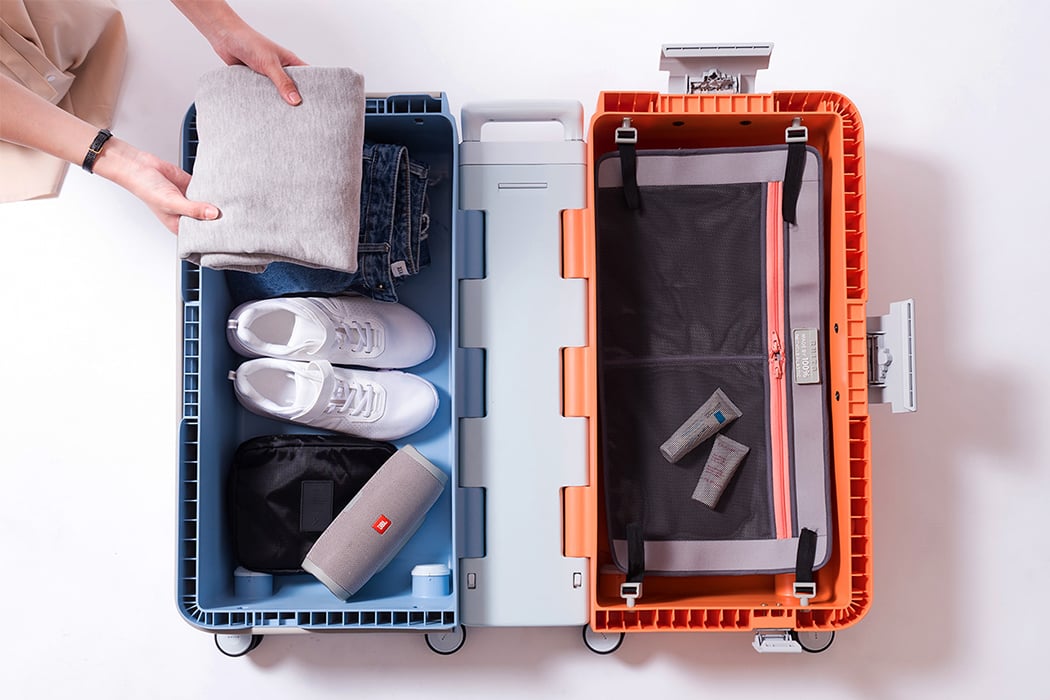
Not-so-fun-fact: suitcases are not recyclable and end up in the landfill 9 out of 10 times. To combat this waste that stems from our love for traveling, a team of designers created RHITA – a suitcase that is super easy to assemble and disassemble which makes it easier to repair or recycle. RHITA’s simplified structure reduces the number of parts used in production by 70% when compared to traditional suitcases. Even the space needed for transportation has been reduced by 33%. It features an innovative hinge system and a unique installation method – no glue or rivet for fixation, no sewing of the inner lining, maximizing the space inside as well as a quick fasten and loosen wheel mechanism.
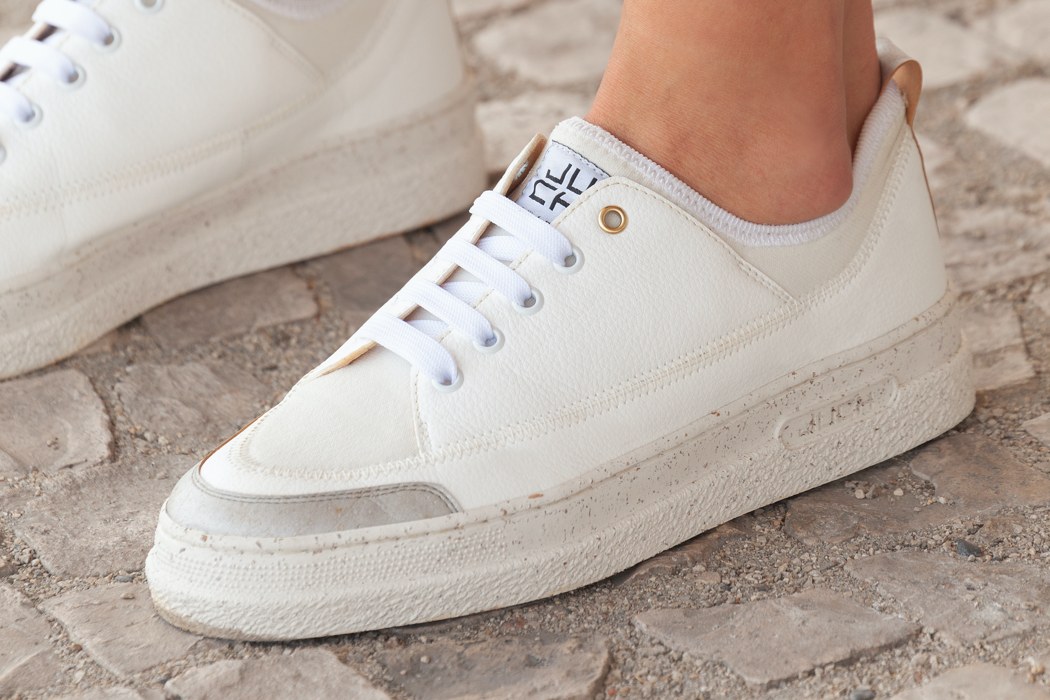
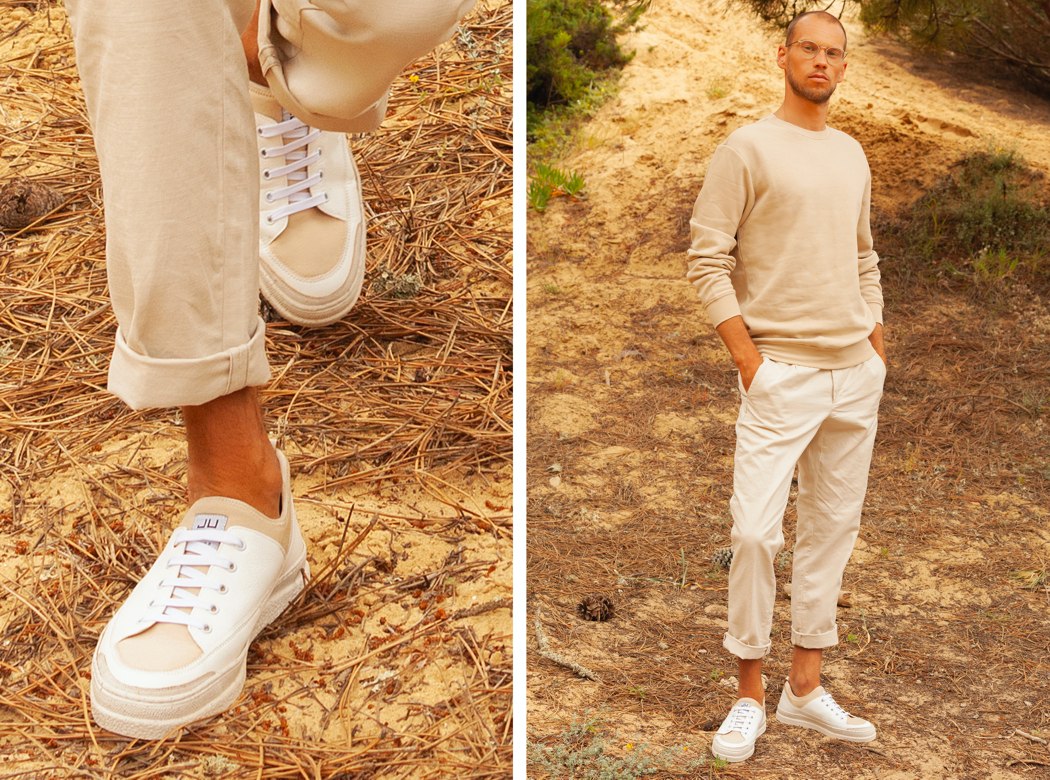
Element 0 is altering how shoes are designed and manufactured by making sustainability just as important as comfort. This means re-engineering the shoe’s materials in a way that benefits your feet as well as the environment. Element 0’s sneakers sport a unisex design built from both naturally sourced as well as recycled materials (the company is even transparent about where and how they source their materials). The shoes rest on an outsole that’s made from rubber as well as recycled cork, quite literally putting a spring in your step; while an insole crafted from a combination of wool, corn-fiber, wood, and natural latex gives your foot a comfortable surface to rest on that’s also water-absorbent and anti-odor. To cap things off, Element 0’s outer body balances aesthetics with breathability as well as sustainability. The fabric on the outer body is woven from plastic yarn sourced from recycled PET bottles as well as discarded fishing nets.



